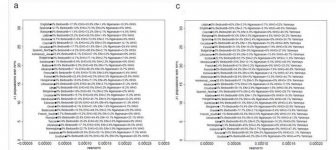I know that some Finns will get upset about this,but check this interesting theory about the name of Sami which could also be related to the name of Finland:
http://en.wikipedia.org/wiki/Sami_people#Etymologies
...
"The first known historical mention of the Sami, naming them
Fenni, was by
Tacitus, about 98 A.D.
[13] Variants of
Finn or
Fenni were in wide use in ancient times, judging from the names
Fenni and
Phinnoi in classical
Roman and
Greek works.
Finn (or variants, such as
skridfinn, "striding Finn") was the name originally used by Norse speakers (and their proto-Norse speaking ancestors) to refer to the Sami, as attested in the Icelandic
Eddas and
Norse sagas (11th to 14th centuries). The etymology is somewhat uncertain, but the consensus seems to be that it is related to Old Norse
finna, from proto-Germanic *finthanan ("to find"),
[14] the logic being that the Sami, as hunter-gatherers "found" their food, rather than grew it. It has been suggested, however, that it may originally have been a more general term for "northern hunter gatherers", rather than referring exclusively to the Sami, which may explain why two Swedish runestones from the 11th century apparently refer to what is now southwestern Finland as
Finland. Note that in Finnish, Finns (inhabitants of Finland) do not refer to themselves as Finns. As Old Norse gradually developed into the separate Scandinavian languages, Swedes apparently took to using Finn exclusively to refer to inhabitants of Finland, while Sami came to be called Lapps. In Norway, however, Sami were still called Finns at least until the modern era (reflected in toponyms like
Finnmark,
Finnsnes, Finnfjord and Finnøy) and some Northern Norwegians will still occasionally use Finn to refer to Sami people, although the Sami themselves now consider this to be a pejorative term."
.....
According to the history,Vikings were not only raiding,but they were raising animals (goats,pigs,etc) ,fishing and even practice agriculture.
Think that Scandinavia is good example of how Indo-European speaking population interacted with native population,here we have Northern Germans (Vikings) interacting with native Fino-Ugric people,which included also Sami people.
Here some archeological proof,that Vikings were practicing agriculture 1000 years ago,even in Greenland:
http://sciencenordic.com/vikings-grew-barley-greenland


